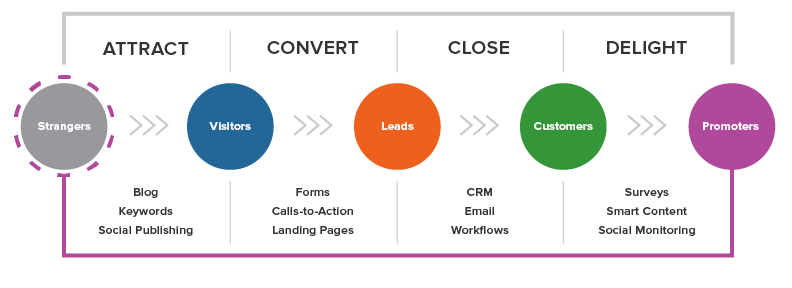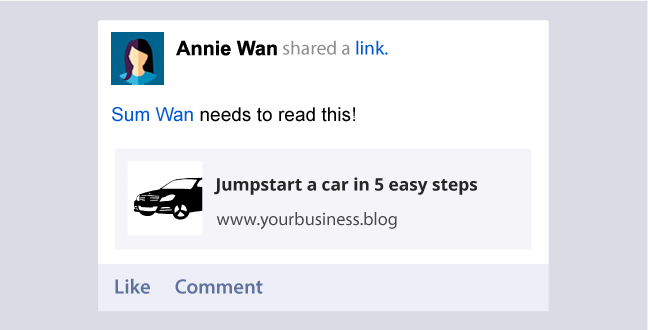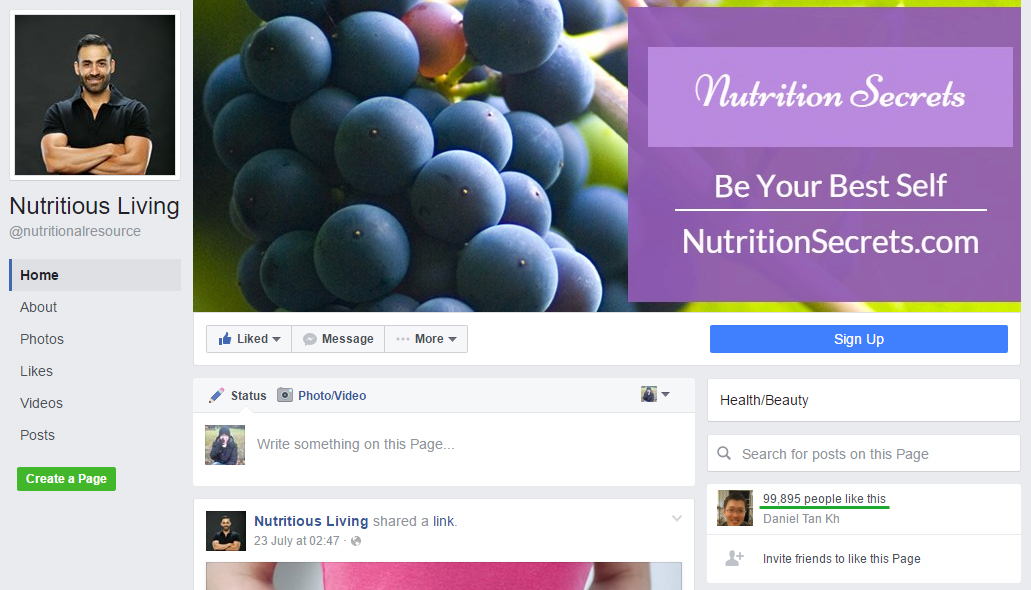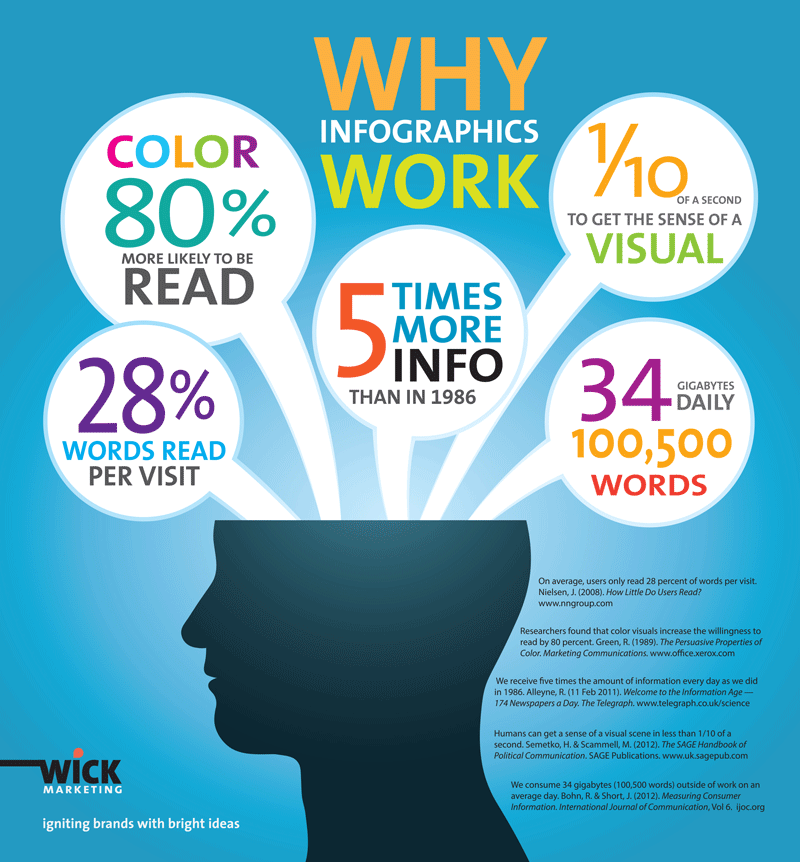1
Steph W. from SEOPressor


👋 Hey there! Would you like to try out this New AI-Powered App that'll...
...help you check your website and tell you exactly how to rank higher?




...help you check your website and tell you exactly how to rank higher?



SUBSCRIBE TO SEOPressor BLOG
Join 50,000+ fellow SEO marketers!
Get SEOPressor latest insights straight to your inbox.
Enter your email address below:
87
score %
SEO Score

Found us from search engine?
We rank high, you can too.
SEOPressor helps you to optimize your on-page SEO for higher & improved search ranking.
By vivian on January 9, 2017

The Internet is fundamentally unlike any other communications medium in the history of mankind, so it’s no surprise that it requires a totally new method of marketing to go with it!
This was one of the first things that businesses looking to expand themselves online came to discover: Methods of marketing and outreach that worked in the offline world were not nearly as effective when moved online.
Online activities inspired different mindsets in the users, as well as offering a much higher degree of choice and freedom for users. As such, marketing techniques needed to be developed which took this new level of freedom and personalization into account.
While there are many different ways of marketing online, most fall under the single blanket term of “inbound marketing”. Inbound marketing is made up of several interconnected components, but it’s markedly different from outreach efforts of the past.
So if you’re new to online marketing, we offer this all-in-one guide that will go over what inbound marketing means, how it varies from older “outbound” marketing, and look at the various sub-components that can make up an inbound marketing campaign.
Let’s get started with the basics…

It’s easiest to get a handle on what inbound marketing means by looking at it in contrast to outbound marketing, and why outbound doesn’t work well online.
Outbound marketing is also often called “push” marketing because, well, it’s pushy.
The intention of outbound marketing is to flood various media and communications channels with a high volume of advertisements which are explicitly imploring people to enter into commercial agreements.
Another name for this approach is “interruptive” marketing, as it usually means interrupting whatever a person is doing with an advertisement.
This covers most standard offline advertising types: Direct mail, telemarketing, TV or radio adverts, billboards, posters, and so forth.
The common linking factor in outbound marketing is that these messages are rarely, if ever, asked for by the individuals being targeted.
The marketing materials are simply presented to the public in bulk, in hopes that a few people will be interested even if everyone else is uninterested or even annoyed.
Outbound marketing fails online because outbound, to a certain extent, assumes a “captive” audience.
If someone is midway through a television show, they put up with the ads because they want to see the rest of the story. However, the Internet doesn’t work this way.
Individual web pages and other activities rarely require more than a few minutes’ investment, so there’s very little room for interruption.
And with millions of webpages available, if one becomes annoying with pushy marketing, users can simply browse to another page.
So, a new approach was needed: a customer-friendly approach that did not mass-target advertisements, but rather sought to present marketing materials to those who truly had an existing interest.
Further, because online users valued their time highly, marketing messages needed to be developed that offered true value to those receiving them.
These concepts became the foundation of inbound marketing.

Inbound Marketing aims to attract potential customers through valuable contents.
Where outbound marketing tried to “push” a potential lead towards a business they might not have otherwise been interested in, inbound marketing attempts to “pull” people deeper into a subject they’re already investigating.
This is the key difference when discussing inbound vs outbound marketing.
In a broad sense, this pulling is accomplished in two ways.
First, an inbound marketer attempts to answer research which an online user is conducting online and make their materials one of the first things that user sees.
Secondly, they present materials that have real value to the lead so that even the act of experiencing the marketing feels rewarding.
The ideal of inbound marketing is not to manufacture leads from scratch, but rather to take existing leads who are already potentially interested in purchasing and make your brand the most obvious or attractive option.
In best-case scenarios, inbound marketing sells itself with little salesperson intervention specifically because it targets self-qualified leads.
There are many ways of accomplishing these goals, which make up the various components of a good inbound marketing campaign.
There are five key “tentpoles” that make up an inbound marketing campaign. They’re interconnected and mutually reinforcing.
SEO and Content Marketing are the most crucial and fundamental, but all these five elements will be present in any well-crafted inbound campaign.

SEO is a method of getting your business on top of the search engine where people is most interested in knowing about your niche.
Search Engine Optimization is arguably the bedrock foundation of inbound marketing, the one element that is truly required for inbound marketing to work. It’s occasionally also called SEM, or Search Engine Marketing.
SEO is founded on the recognition that nearly all online purchasing research begins with search engines.
Even in 2012, 89% of potential buyers would use search functions to research products or services before buying and, today, that number can be assumed as approaching 100%.
The only exceptions would be those very few individuals who still have no online access at all.
And as Google currently owns about 2/3 of all searches made anywhere in the world, Google is the focus of nearly all SEO.
So, as a simple example, if someone is looking to buy dog food online, they’re going to run a Google search for “dog food online.”
A smart online pet supply store would want to be one of the first pages presented in the results of that search, since online searchers rarely look past the first page of results.
SEO is a huge topic even on its own but basically SEO is made out of these 2 components:
You can read our article on SEO Copywriting for even more details.

Content Marketing advocates the use of useful contents to attract customers instead of pestering them with ads.
Content Marketing is the proverbial meat and potatoes of inbound marketing.
We’ll get into specific types of content in a minute, but basically, content marketing means creating materials that are genuinely useful, informative, or entertaining for visitors and using them as a tool to build goodwill and brand recognition.
For example, if someone is searching for pet grooming tips, and your pet store has an excellent guide to dog grooming online, those who discover your guide will be directed to your website and have a very favorable view of your brand.
Content Marketing and SEO are symbiotically related. SEO needs a lot of good content to be effective and contents need to be optimized to get ranked and discovered.

Businesses should take advantage of how easy it is to share things online and build a strong online presence by sharing valuable contents.
Social Media Marketing has become gigantic in the last five years or so. Word-of-mouth has always been one of the most convincing methods of outreach, and social media is the latest iteration of that.
So, brands with a strong social media presence along with quality postings are likely to see increased recognition and exposure due to their materials being shared online.
This can also tie directly into content marketing. Good content should inspire shares among users, and can also be shared by the company directly to increase views.

The valuable content you create can generate demand and you can get leads in exchange.
People hate receiving unsolicited email.
However, they recognize email is a great tool for receiving information about brands they actually have an interest in.
So, another important component of inbound marketing is to have campaigns aimed at convincing people to voluntarily sign up for your mailing list and newsletters.
This is usually accomplished through (you might have guessed it) content. The most typical strategy for driving leads to sign up is by trading email addresses for valuable or premium content that would be of particular interest to them.

By creating great contents and promoting them, you’ll grab a chance to get other websites referring to your contents and driving traffic from their website to yours.
The last major element of inbound is also the hardest to control: links to your site, from other webpages.
This is another great method for leads to discover you, particularly if those links are coming from webpages that are already considered particularly reputable or impressive.
Having strong inbound links from other well-regarded webpages will also translate into better SEO search result placement as well.
There’s no magic bullet for link-building, since you can’t control what other webmasters do.
The best general advice is, again, to simply try to have the best content on the site possible and promote it across social media platforms.
For more information on the topic, you can read the extensive discussion of link-building and link-earning strategies in these posts:
At this point, one thing should be clear about inbound marketing: It requires a multi-pronged approach, and each prong will have an effect on all the other prongs.
High quality in all areas is needed for a truly successful inbound campaign, specifically because of how mutually-reinforcing the various individual elements are.
At the end of the day, however, content is king. Good content will encourage growth and success in all other areas of inbound marketing.
There are many types and options when it comes to content.
You probably won’t utilize all of these at the same time in your inbound campaigns, but it’s important to keep in mind that a well-rounded approach is a good idea.
Try to deploy as many content types as you can reasonably afford while still maintaining quality.

A business blog is central to any Inbound Marketing campaigns.
Blogs are the true bread and butter of content marketing, and they’re where any inbound newcomer should start building their own content.
Blogs score well on search engines, are easily shared, and they can even be repurposed as social media or emails as well.
A good blog is focused on information, rather than sales pitches. Some self-promotion is fine, but remember: one of the key aspects of inbound marketing is that you’re presenting materials that visitors want to be reading.
That means focusing on making them “infotainment”, with outright promotion kept to a minimum.
For smaller companies, blogging may be all they need -at first- to make plenty of money online.
You might think not all business are interesting enough to blog about. In that case, you can read my previous post on how businesses like plumbing and car repairs approach blogging.

Creating social media communities focusing on your niche instead of your brand makes building a following an easy task.
When talking about Social Media Marketing, most businesses just think about creating Company Pages and running ads.
It’s a good start but to make your Inbound Marketing campaign much more effective, you can also create Pages and Groups centered around your niche instead of your business or products.
Here’s some simple examples of type of businesses and the communities they can create:
Auto Service
Health Supplement
As you can see, your group doesn’t have to mention your business at all and is centralized on sharing content related to your niche.
But as you built a solid amount of followership, you’ll also have a sizable amount of people willing to listen when you direct them to your website and products.

Ebooks are the best when it comes to to sharing in-depth premium contents that a single blog post couldn’t cover.
Ebooks (and whitepapers) are the most popular form of premium content, of the type used to harvest email addresses.
Like blogs, good ebook content is intended to answer specific questions or solve specific problems a lead is researching, but thanks to their expanded length, they can go into great detail on a topic.
Ebooks can also sometimes be more directly promotional, and used as a way of illustrating how, exactly, your solution to a problem is the best alternative.

Repurposing your contents into videos can make it easily discovered by additional platform like YouTube or Vine.
Online videos are incredibly popular, to the point that many marketing agencies now consider them more important than television. (Just let that sink in for a moment.)
Literally billions of videos are shared and watched online each day, which means almost unlimited opportunity to gain exposure to your brand.
Even better, video production tools are quite inexpensive these days. If someone in your company has an iPad or other higher-end tablet, you already have all you need to get started.
Videos which are funny, cute, and informative tend to perform best with viewers. Don’t be too heavy; people look to online video for distraction from their everyday troubles.
If you can find a way to make informative videos which are legitimately entertaining and address commonly-searched interests, this could be a true content goldmine.

Like videos, creating infographics lets your contents spread further into image-based sites like Pinterest.
In terms of bang-for-your-buck content, infographics might be at the top of the list.
They’re relatively cheap to make -generally just requiring one artist and one writer- and can easily be shared through a huge variety of sources.
A good infographic is also one of the best ways to be noticed and linked-to by other webpages.
Best of all, if they’re compiling data in an interesting or novel way, they can be widely useful to those targeted, which inspires user sharing.

Webinar is a real-time online video sessions, usually with interactive Q&A session.
A more advanced technique, webinars are online seminars hosted by a brand that wants to really show off its expertise or industry influence.
These generally combine live video feeds with a chatroom or Q&A features that allow participants to interact in real-time with those hosting the webinar.
Webinars can also cross-promote several brands. If you don’t have enough in-house expertise to warrant one, consider bringing in other companies from your field for a collaboration.
It’s an “everyone wins” scenario that results in positive exposure for all involved, sort of like a very small trade show.
The key takeaway here is that inbound marketing is an intensely customer-focused form of marketing that attempts to make your outreach materials genuinely attractive on their own merits.
It targets people who want to be reading your information, making them well-qualified leads by default.
Inbound Marketing can easily be a win-win-win scenario, where you spend far less than you would on outbound marketing while also gaining much better leads and improving your brand image the whole time.
Just keep in mind that inbound marketing requires patience. That’s really its only downside.
For a newcomer, expect it to take six months at a minimum for an inbound campaign to really come together. After all, you need time to build up a good library of content and get people to notice.
However, once a good inbound strategy is in place, it quickly becomes a self-perpetuating lead-generation machine which will continue to provide more and better leads for years to come.
Itching to start doing Inbound Marketing? Be sure to grab our ebook below and read the next post: The 8-Step Inbound Marketing Strategy!
Updated: 24 April 2024

Vivian is an anthropologist lost in the world of digital marketing. She has an interest in learning about the science of marketing and the creativity that businesses use to transform themselves into purple cows.
Do you want to
Grow Your Traffic FAST?

Generates 5,000 words in minutes

Publish 60+ content in a month

Rank in the SERP’s Top 10

Gotcha.

Generate 5,000 words in under 5 minutes

Publish 100+ blog posts monthly

Rank in the Top 10 with SEO-optimized content

Drive 500K organic traffic
Rank in the Top 10 now with Longform AI
Save 67% today (As low as $14.69/mo)


Subscribe and receive exclusive insider tips and tricks on SEO.
Delivered to you right from the industry’s best SEO team.
Copyright © 2024 SEOPressor. All Rights Reserved.
Powered by Semantics BigData Analytics (SBDA).

